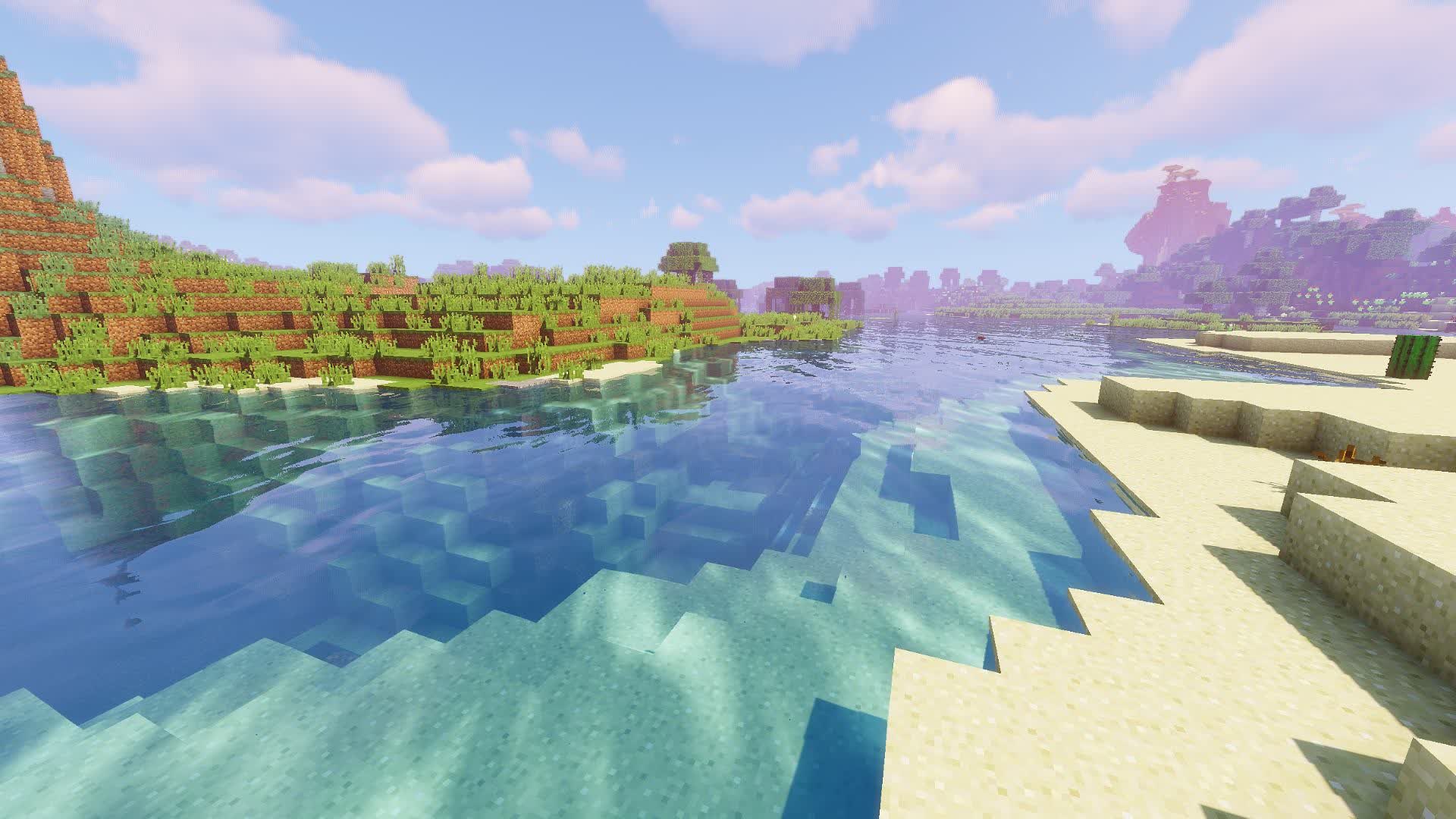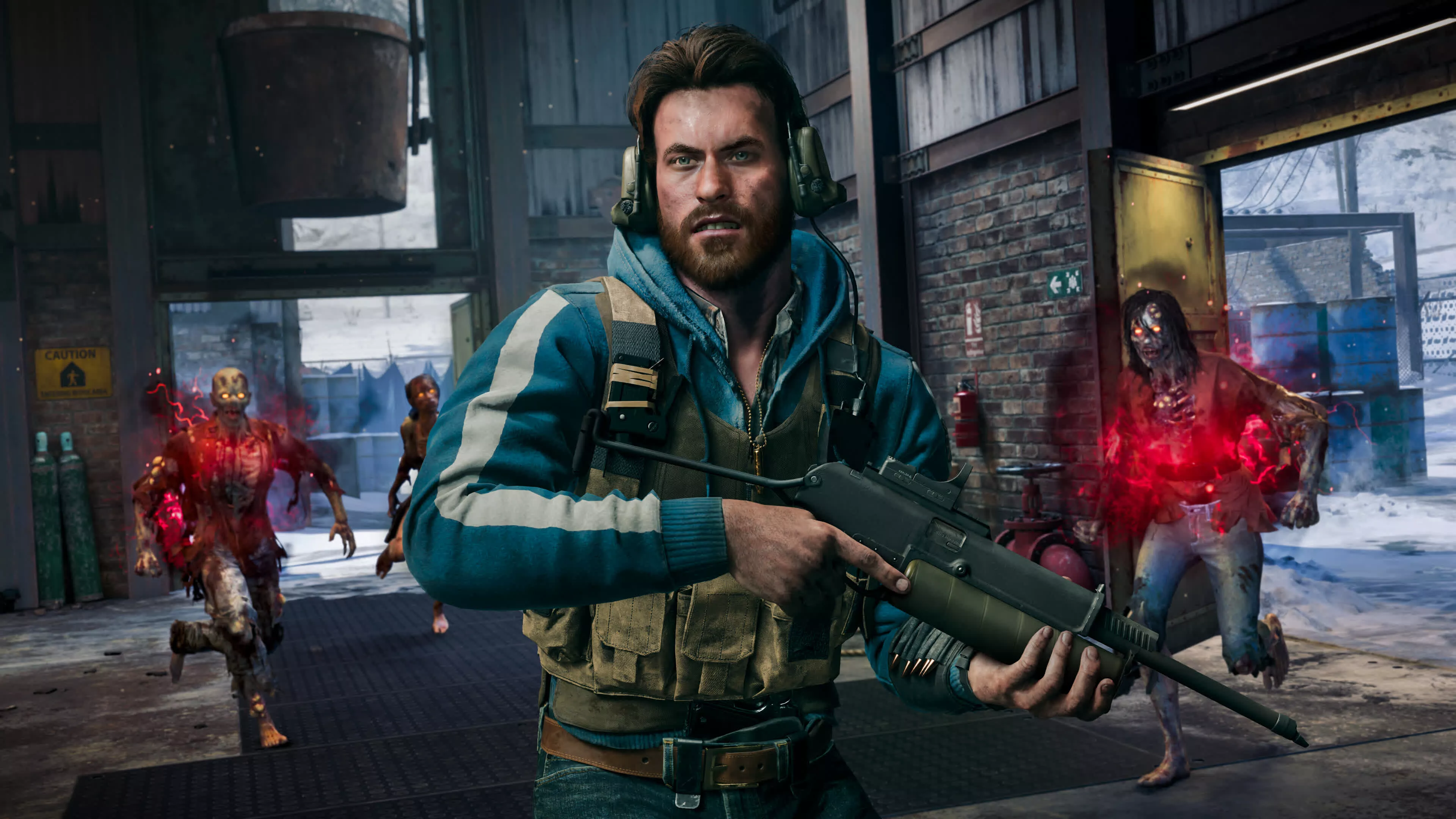In context: A recent report about the video game industry put the spotlight on skyrocketing development costs and the pursuit of ever more realistic graphics. While graphical fidelity certainly contributes to inflated budgets and extended development timelines, other factors play equally significant roles in driving up costs. These include the creation of massive open worlds and broader, non-gaming-specific issues such as resource misallocation and poor management.
There is a compelling case to be made that the gaming industry's bloated budgets are driven by a frenzied quest for greater graphics. This push for realistic visuals has been a trend for decades as gaming giants sought to captivate audiences. And for many this strategy paid off: it transformed simplistic 2D environments into richly detailed, lifelike worlds, drawing in legions of players.
However, as the cost of achieving such realism surged, the returns started to diminish. At the same time, as a new generation of gamers entered the market, their tastes have gravitated towards games with simpler graphics but robust social features.
"It's very clear that high-fidelity visuals are only moving the needle for a vocal class of gamers in their 40s and 50s," Jacob Navok, a former executive at Square Enix who left that studio to start his own media company, told The New York Times. "But what does my 7-year-old son play? Minecraft. Roblox. Fortnite."
While graphical fidelity undoubtedly plays a role in inflating budgets, it is not the sole culprit. An equally compelling case can be made that the primary factor of rising video game development costs are labor expenses and resource mismanagement. In high-cost cities like Los Angeles, each employee can cost a studio between $15,000 and $20,000 per month, including salaries, benefits, and overhead. As development teams have grown significantly in size, these costs have multiplied exponentially.
Whatever the cause of the soaring development costs, some argue that the gaming industry faces a critical juncture because its current path is not sustainable. Video game journalist Jason Schreier illustrated this point in his Bloomberg report: "Let's do some quick napkin math. If you have 100 employees and you're estimating $15,000 a month (a conservative guess) for each one, you're spending $18 million a year. But these days, the top game studios are much bigger than that. So if you have 300 employees and you're estimating $20,000 a month for each one (got to pay good wages to compete in 2025), you're spending $72 million a year."
Recent revelations from an Activision executive's deposition in a lawsuit shed further light on the staggering costs of modern game development. Call of Duty: Black Ops III (2015) cost $450 million to develop, Call of Duty: Modern Warfare (2019) cost $640 million, and Call of Duty: Black Ops Cold War (2020) cost $700 million. With over 3,000 people working on the Call of Duty franchise, labor costs are undeniably substantial.
There are other factors at play. Modern games often feature massive levels and sprawling open worlds, requiring significant development time and resources. Management issues, such as inefficient workflows, technological shifts, and indecisive executives, can also lead to wasted time and inflated budgets.
Abrupt changes in direction – such as pivoting from single-player to multiplayer games-as-a-service – can further compound inefficiencies and costs.
Industry veterans frequently share stories of wasteful practices, such as features being canceled due to executive whims or teams continuing work on levels slated for removal because of poor communication. While iteration is a natural part of game development, excessive "wasted" work often results in crunch time and budget overruns.
As production expenses for major gaming titles breach the hundred-million-dollar threshold, game companies would be wise to engage in serious self-reflection and examine their internal processes if they hope to maintain a sustainable and innovative industry.
Yes, video game budgets are skyrocketing, but the reason goes beyond graphics


